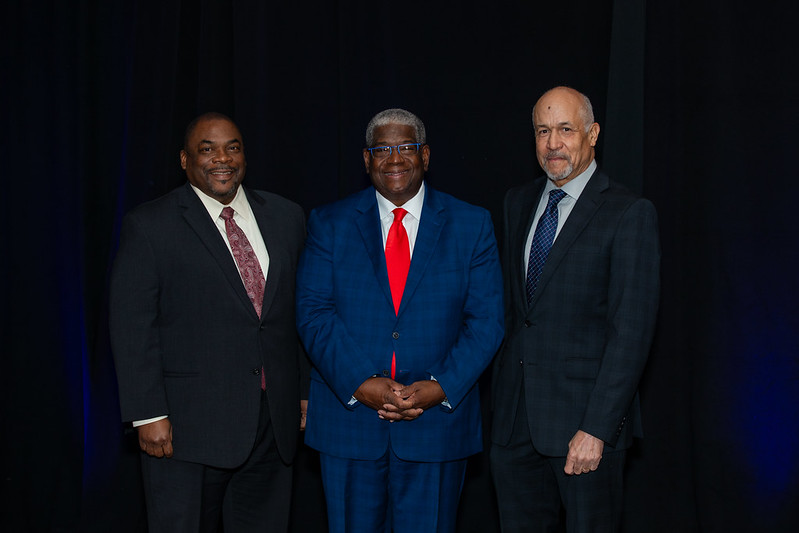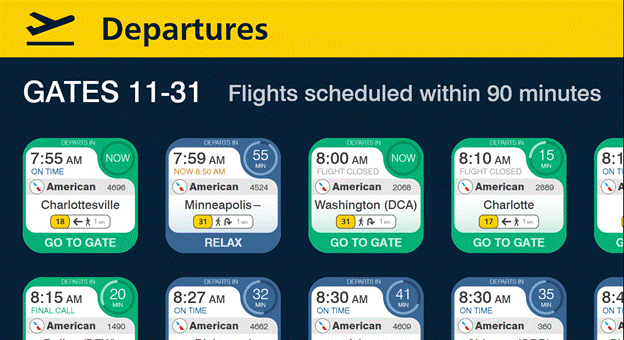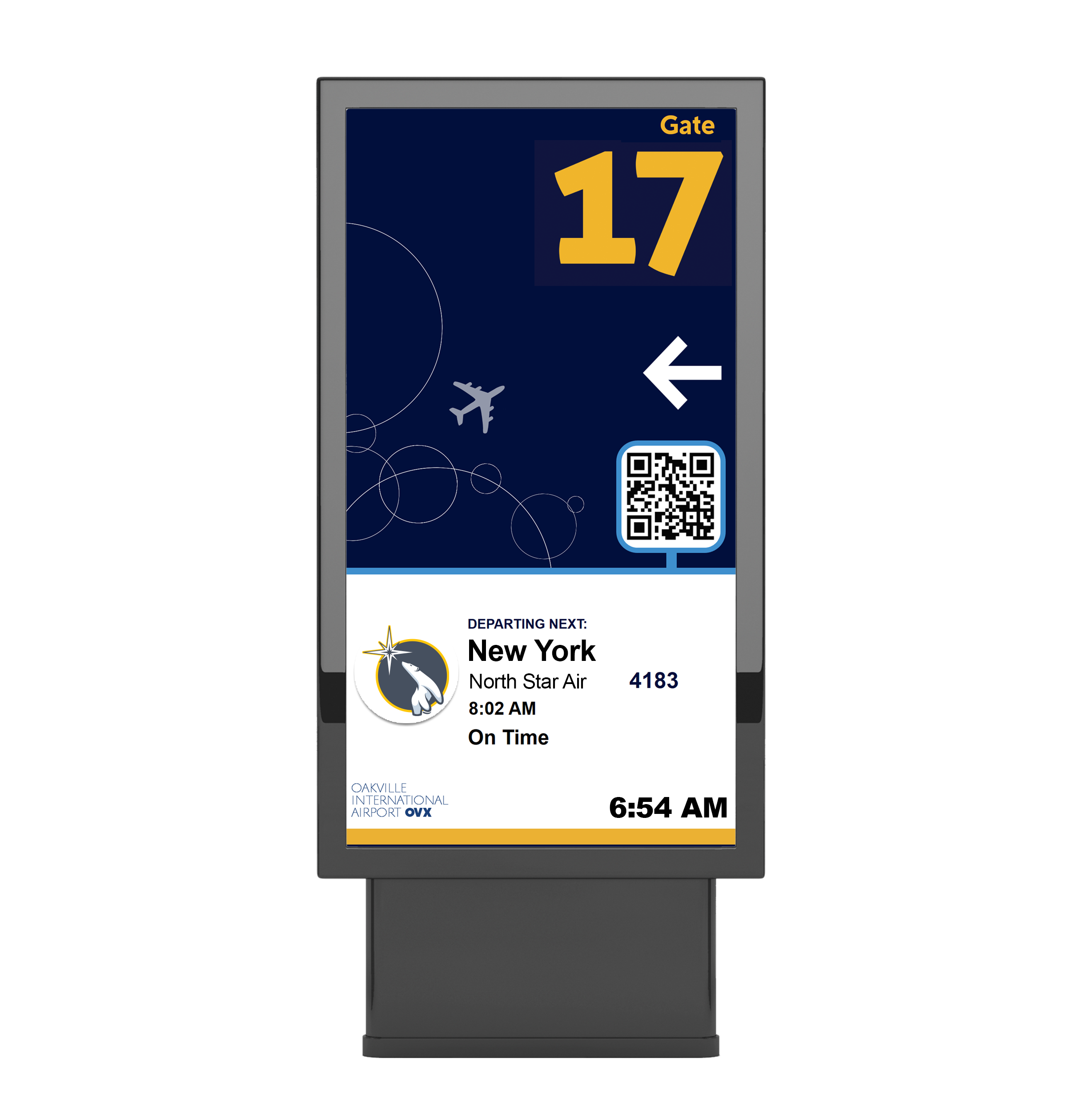By Chad Leqve, Vice President of Strategy and Chief Growth Officer, Copenhagen Optimization
Chad Leqve, Vice President of Strategy and Chief Growth Officer at Copenhagen Optimization, shares his thoughts on how today’s operational pressures at U.S. airports underscore the urgent need for better use of data, analytics, and planning. He also emphasizes that the architecture behind the technology used to support these functions is not just a technical detail—it’s a strategic choice.
With passenger volumes expected to surpass pre-pandemic levels globally this year, airport infrastructure is under immense strain. Longer lines, delayed flights, and increasing traveler dissatisfaction reveal a system stretched to its limits. To meet rising demand without depending solely on costly capital projects, airports must embrace smart, data-enabled strategies. In today’s environment, integrating analytics into airport operations isn’t optional—it’s essential. It allows airports to solve current problems and prepare for future opportunities, all while improving the traveler experience.
This transformation requires more than just adopting new tools; it demands a shift in mindset—one that treats data, planning, and analytics as core components of day-to-day operations.
For decades, airports have relied on monolithic systems that bundled Resource Management Systems (RMS) and Airport Operational Databases (AODB) into a single solution. RMS ensures the right resources—gates, stands, ticket counters—are available when needed, while the AODB serves as the central hub for storing and distributing real-time operational data.
These solutions were once sufficient, but airport operations have evolved. Expectations have grown, and operations now extend well beyond the traditional use cases of gate and baggage management. Modern airports need solutions that are scalable, easy to maintain, resilient to failure, and adaptable to new operational demands.
Today’s challenges require a best-of-breed approach, where airports select specialized, modular systems that excel in their individual domains rather than relying on a one-size-fits-all product. While this may seem more complex at first, it actually reflects a more accurate architecture: RMS and AODB are functionally distinct, and there is no technical necessity to bundle them together.
Modular architectures allow airports to:
- Choose the best technology for each specific task
- Upgrade or scale components independently
- Isolate and resolve issues faster
- Tap into niche expertise rather than relying on generalized vendor support
This architecture fosters flexibility, innovation, and operational excellence—from curb to gate.
A compelling example is JFKIAT, which has adopted a holistic, integrated approach to airport operations. By implementing a suite of Copenhagen Optimization’s Better Airport RMS modules, JFKIAT now manages check-in, forecasting, security, baggage, virtual queuing, border control, and gate management with precision.
These systems are complemented by Airport Hive, a modular, cloud-based AODB developed by UK-based Azinq. This partnership exemplifies the benefits of combining leading-edge solutions tailored to specific operational needs.
As airport demands grow more complex, success will depend on the ability to integrate specialized tools into a cohesive operations ecosystem. Airports—large and small—can unlock greater efficiency, agility, and traveler satisfaction by demanding more from their systems and breaking free from outdated monolithic constraints.
The path forward is clear: embrace modularity, leverage data strategically, and build the operational backbone that tomorrow’s airports require.
 Chad Leqve brings over 29 years of experience in the airport industry, tackling complex operational, planning, and policy challenges. As former Vice President of Operations and Management at the Minneapolis Metropolitan Airports Commission, he oversaw Minneapolis-St. Paul International Airport and six general aviation airports. There, he led a strategic shift to data-driven, performance-based operations, launching new programs in training, analytics, planning, and asset management. Chad now serves as Vice President of Strategy at Copenhagen Optimization, with a focus on the North American market.
Chad Leqve brings over 29 years of experience in the airport industry, tackling complex operational, planning, and policy challenges. As former Vice President of Operations and Management at the Minneapolis Metropolitan Airports Commission, he oversaw Minneapolis-St. Paul International Airport and six general aviation airports. There, he led a strategic shift to data-driven, performance-based operations, launching new programs in training, analytics, planning, and asset management. Chad now serves as Vice President of Strategy at Copenhagen Optimization, with a focus on the North American market.
DISCLAIMER
This article was provided by a third party and, as such, the views expressed therein and/or presented are their own and may not represent or reflect the views of Airports Council International-North America (ACI-NA), its management, Board, or members. Readers should not act on the basis of any information contained in the blog without referring to applicable laws and regulations and/or without appropriate professional advice.






 IT teams. Airports must provide reliable, secure and fast connectivity for passengers and staff. Private 5G, leveraging CBRS spectrum, rises to the challenge. Providing extensive bandwidth and increased latency—working alongside existing public cellular distributed antenna systems (DAS) and Wi-Fi—private 5G enables secure on-premise data management and uninterrupted coverage for critical operations.
IT teams. Airports must provide reliable, secure and fast connectivity for passengers and staff. Private 5G, leveraging CBRS spectrum, rises to the challenge. Providing extensive bandwidth and increased latency—working alongside existing public cellular distributed antenna systems (DAS) and Wi-Fi—private 5G enables secure on-premise data management and uninterrupted coverage for critical operations. With the right technology, 5G can bring an environment to life. Take, for example, the state-of-the-art converged network Boingo designed and deployed at Newark Liberty International Airport’s new Terminal A, featuring Wi-Fi 6, cellular DAS, and private LTE over CBRS. The Boingo Private Network supports daily activity on the airport apron, including airside and outdoor areas where aircraft are parked, loaded and unloaded, refueled, boarded and maintained. This network solution provides a cost-effective deployment for outdoor connectivity in a tough to access area requiring extensive bandwidth for connected devices.
With the right technology, 5G can bring an environment to life. Take, for example, the state-of-the-art converged network Boingo designed and deployed at Newark Liberty International Airport’s new Terminal A, featuring Wi-Fi 6, cellular DAS, and private LTE over CBRS. The Boingo Private Network supports daily activity on the airport apron, including airside and outdoor areas where aircraft are parked, loaded and unloaded, refueled, boarded and maintained. This network solution provides a cost-effective deployment for outdoor connectivity in a tough to access area requiring extensive bandwidth for connected devices.
 Design template (example data). Leverage space on landscape screens without sacrificing display of flight information.
Design template (example data). Leverage space on landscape screens without sacrificing display of flight information.



 Colleen Hamilton is a principal with Art of Context, a Boston-based technology firm helping airports improve passenger experience through state-of-the-art technology solutions that reduce client administration and ensure extension for future innovations. Art of Context has recently been certified as a DBE.
Colleen Hamilton is a principal with Art of Context, a Boston-based technology firm helping airports improve passenger experience through state-of-the-art technology solutions that reduce client administration and ensure extension for future innovations. Art of Context has recently been certified as a DBE.
